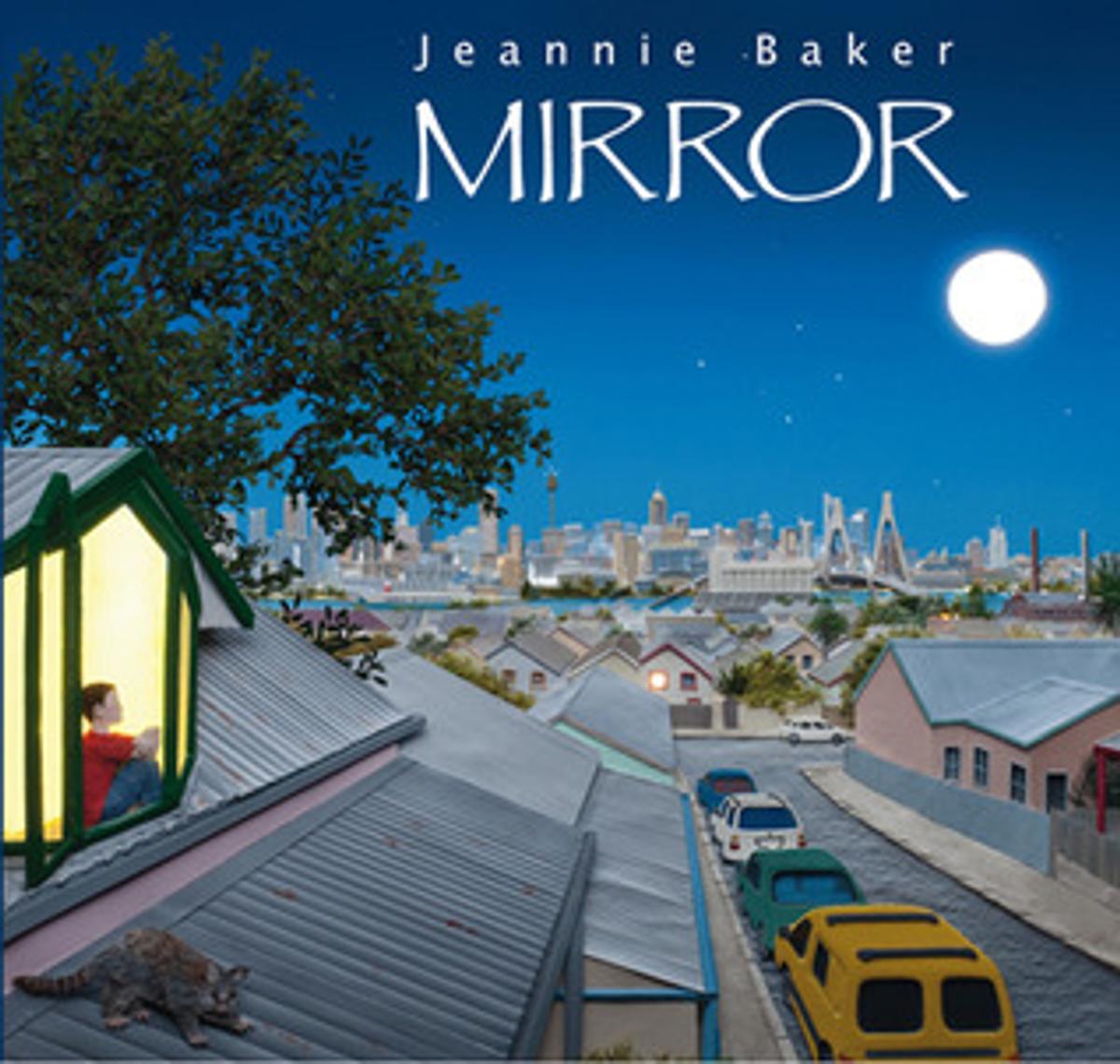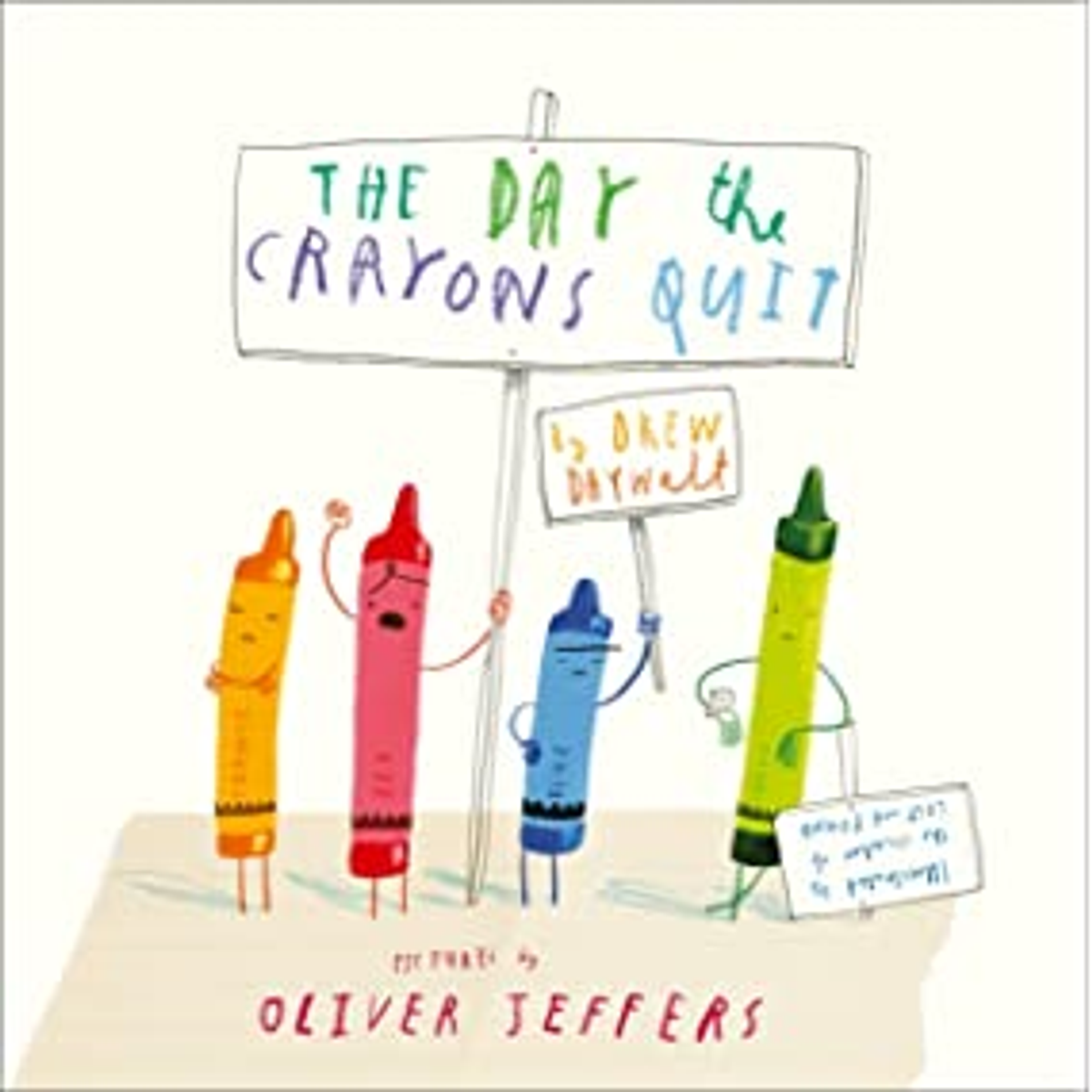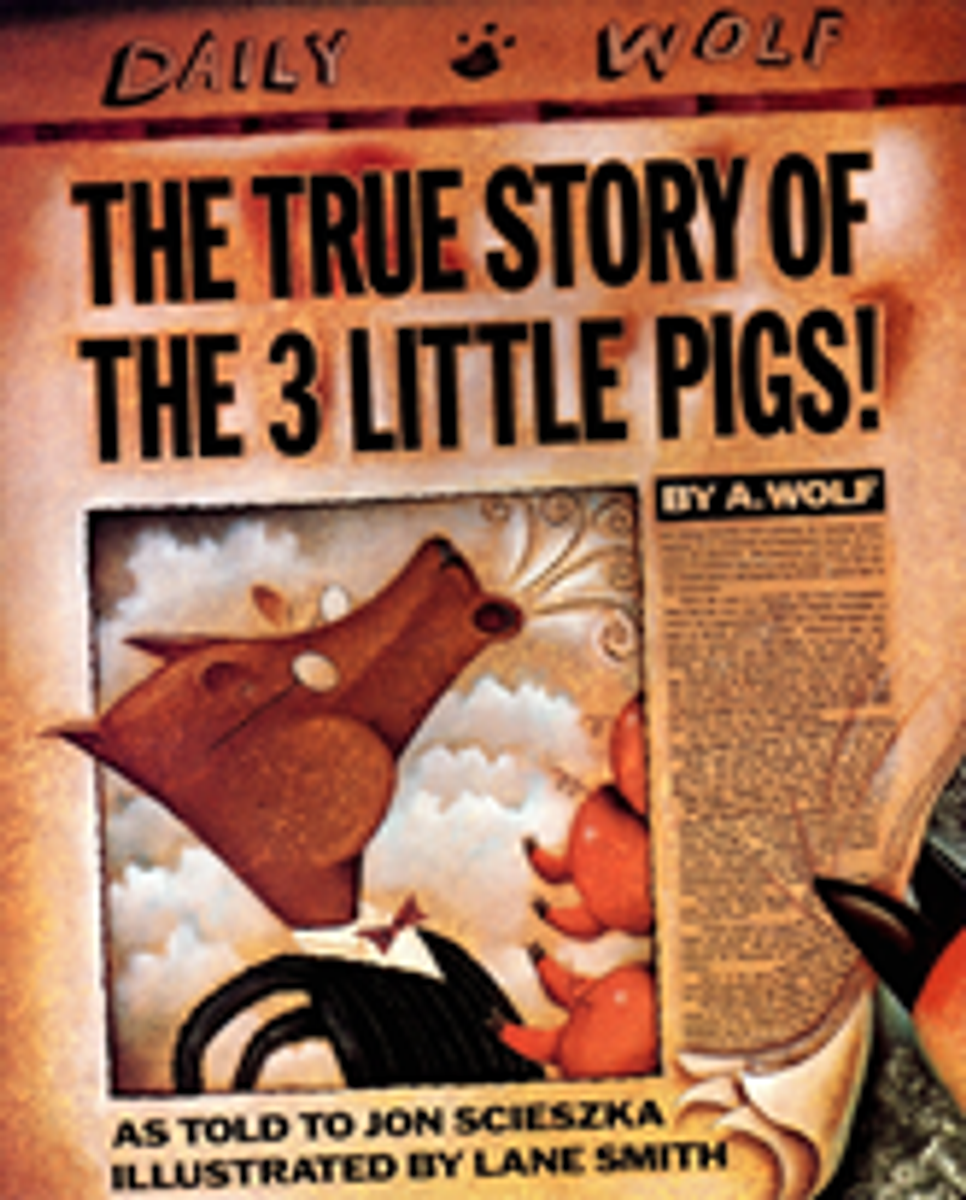English

READING
Comprehension Strategy: INFERRING
As readers decode more sophisticated texts in particular, making inferences is a skill they need to apply in order to understand the author's message more deeply. We refer to inferring as 'reading between the lines', when the author implies something but doesn't exactly state it. To infer, we need to use both the clues in the text, e.g. context, illustrations, words and our own prior knowledge. By using the text and our own prior knowledge, we can interpret what we think the author is really trying to say.
Simply decoding; 'barking at print' - engaging in decoding with little to no comprehension of the text, is not enough for readers to build deep understandings of the text.
How does inferring support reading comprehension?
Students develop deeper understandings of the text when they 'read between the lines' to draw their own conclusions by using prior experience. They create their own unique meaning of the text. As they read, these understandings may be revised as the reader is exposed to new information and confirms or adjusts their thinking.
How you can support your child with inferring:
When discussing texts, encourage your child to use language such as:
- Reading between the lines, I think...
- I would expect that...
- I already know that... so I think...
- In my experience...
- I think the author is really saying...
- My conclusion is... because in the text it says...
- The author's clues were...
- I think what's really going on is...
- I wonder why...
- I wonder if...
Students were asked to make inferences about the text 'MIRROR' by Jeannie Baker
'MIRROR' is a two-in-one picture book that follows a parallel day in the life of two families: one in a Western city and one in a North African village.
Questions that guided the discussion included:
What information in the blurb will help with your understandings?
What do you think will be the important issues this story deals with?
What makes you think that?
Look at the front cover - What themes or messages could be in this book?
What makes you think that?
As you read, what clues does the author give you to suggest that the lives of the two families are connected?
WRITING
The 6+1 Traits of Writing - Developing the VOICE trait
You can tell if writing has VOICE if:
- It shows the writer's personality
- It sounds different from everyone else's
- It contains feelings and emotions
- The words come to life
- It comes from the heart
Students were asked to respond to a quote from Kofi Annan (former Secretary-General of the United Nations)
We discussed:
- What it means to have VOICE as a writer
- How you can convey VOICE through emotion, language, context and point of view
Students were asked to reflect -
What does the quote mean to you?
How does it make you feel?
Can you make a connection to the quote?
Students were encouraged to respond to the quote through focusing on the VOICE trait and to consider -
What words could you use to express emotion in your writing?
What words could you use to help you connect with the reader?
Strong writers are not afraid to express their individuality and show readers their point of view. Good writing 'sounds like' its writers.
How you can support your child with developing VOICE in their writing:
- Play a piece of music or a song, and encourage your child to write something that goes along with it. Discuss how the music/song makes them feel
- Encourage your child to write a personal letter to a grandparent or significant other expressing what they love about school or another component of their life. When they are finished, discuss how they cultivated their voice in the letter and whether they feel that their thoughts and emotions came through
- Have a conversation together, discussing VOICE in fiction books you have at home (e.g. The Twits by Roald Dahl, Diary of a Wimpy Kid by Jeff Kinney, The Day The Crayons Quit by Drew Daywalt)
Mentor texts:
View the digital text 'The Day the Crayons Quit' by Drew Daywalt & Oliver Jeffers with your child and discuss the author's voice:
https://www.youtube.com/watch?v=gPkrhIEoOJg
Have your child emulate the story by creating their own piece beginning with the title:
'The Day the ...'
View the digital text 'THE TRUE STORY OF THE 3 LITTLE PIGS! by Jon Scieszka with your child and discuss the author's voice:
https://www.youtube.com/watch?v=1Q01X8JU3GU
Have your child put themselves in the shoes of a Fairy Tale character and tell the story from their perspective.
We have both texts in our Library and are happy to guide you with other mentor texts that can support your child with developing the VOICE trait.




